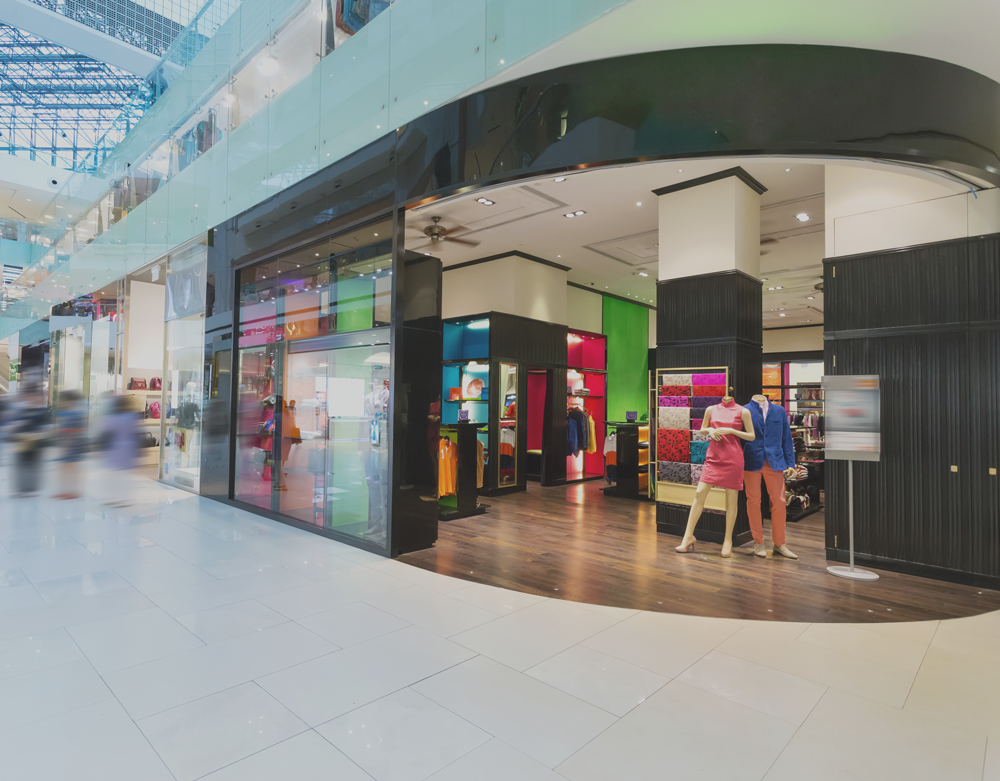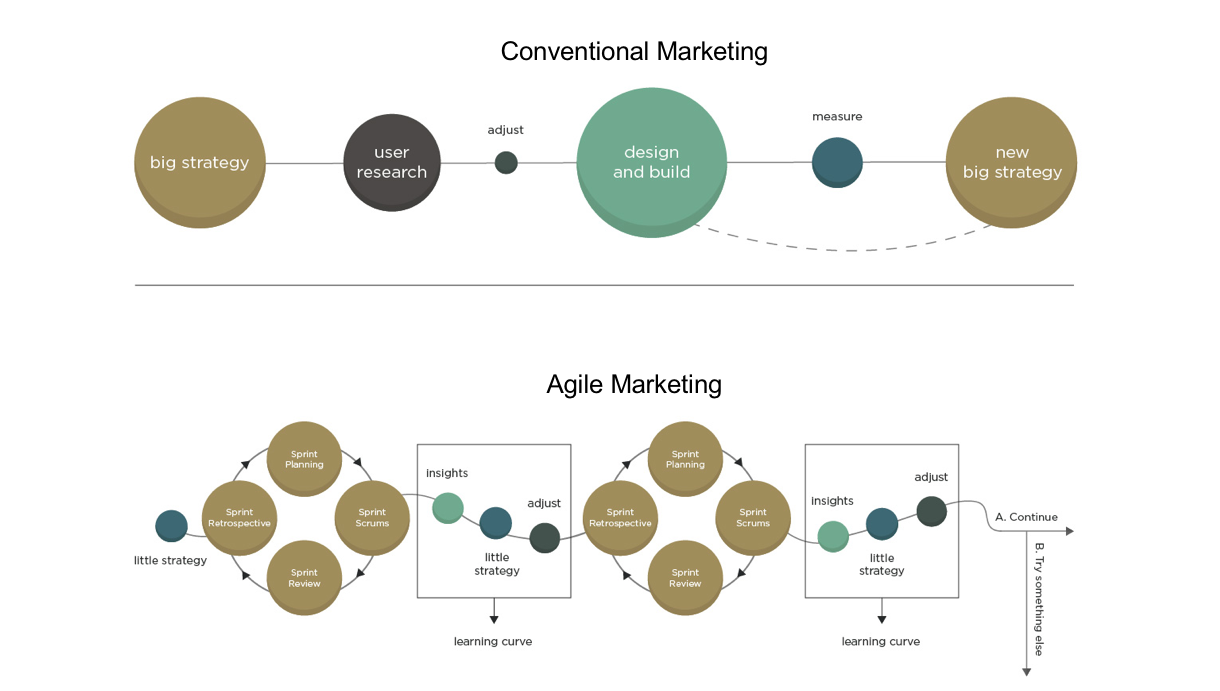
It’s no secret to anyone that as retail marketing technology has begun to transform in-store displays, it is also changing how retailers leverage those displays. According to an Inc.com report, 40 percent of shoppers still make in-store purchases at least once a week. And with so much revenue still flowing through brick-and-mortar retail spaces, one of the biggest ways marketers are seeking to capitalize this business is point-of-purchase (POP) displays.
That’s according to the experts at ThomasNet.com, who explain that POP displays are on the cutting edge of creating new, compelling customer experiences that encourage brand loyalty and drive greater in-store revenue. So, what does a truly exceptional POP display need to have?

Good POP Displays Are Interactive
Interactive experiences are not only the key to an effective POP display but the secret to a winning in-store retail experience in general. As we’ve discussed on this blog before, brick-and-mortar retailers are embracing the move towards transforming their stores into “experience centers,” where customers can interact with and experience a brand’s products in a way that online shopping just can’t match.
“The option to touch, feel, or test products when applicable is paramount to purchasing decisions,” ThomasNet says. In fact, 61 percent of consumers like trying on the item or actually seeing it in person before committing to an item, according to an Inc.com report. So whatever else your POP displays accomplish, make sure they give your shoppers something to physically interact with.
POP Displays Should Showcase Your Brand Identity
Your retail space is a brand’s world. Everything in it represents what your brand stands for, from the signage colors and materials to the music. And that includes your POP display.
“POP displays should give consumers a taste of the brand the product represents. Consumers in younger generations, especially, are looking to feel a connection with the products they buy—they want to feel good about the purchases they make,” ThomasNet explains.
You should use your POP displays to further your brand’s identity. What does your brand stand for in the minds of consumers? By customizing your POP displays, you can project whatever values represent your brand, from minimalism to environmentalism to outrageousness.

POP Displays Create Personal Connections
Especially among Millennial shoppers – who make up a larger and larger percentage of the buying public every day – personal connections can lead to long-lasting brand loyalty.
And POP displays are an excellent way to foster those connections. Maybe your POP display showcases “how Brand X shoppers have removed 10,000 tons of plastic waste from the oceans” by buying your recycled fashion products. Or perhaps you use it to show “real people enjoying Brand Y’s products at concerts and music festivals,” in order to let shoppers personally imagine their lives with your product.
“They want to have a medium to connect with the world around them and the causes they care about when they make purchasing decisions. Through showcasing aspects of a business that highlight these things, a retailer or marketer can anticipate a positive consumer response,” ThomasNet explains.
*****
By understanding the changing role of brick-and-mortar retail spaces as customer experience centers, brand marketers can start to leverage the true power of POP displays. And by working with a trusted partner who can deliver highly customized and unique POP displays, on-time and on-budget, your brand can compete and win on the quality of your retail customer experiences.
Related blogs:
Subscribe to the blog
Why NVISION?
For more than three decades we’ve partnered with Fortune 500 companies to deliver marketing operations solutions. Led by a strategic account management team, we’ll help you develop, procure, fulfill and distribute printed collateral, signage, point-of-purchase displays, direct mail, branded merchandise and much more.













 Project Title
Project Title Project Title
Project Title